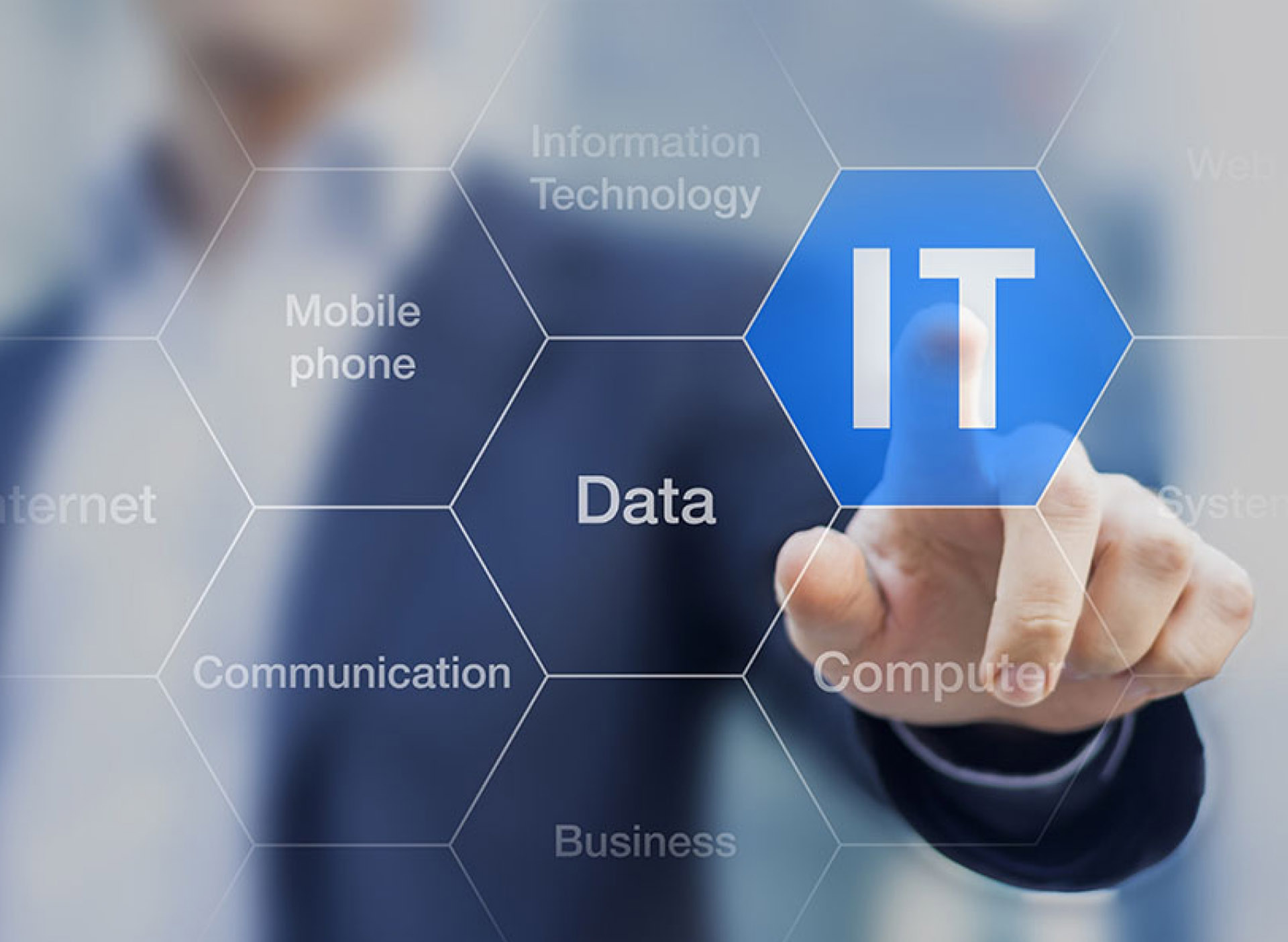Many people are still confused about what electronic discovery encompasses.
The primary function of eDiscovery is identifying and organising data to ensure litigation review runs accurately and efficiently.
It’s a two-stage process. Firstly, it involves identifying, collecting and producing Electronically Stored Information (ESI) including emails, documents, databases, audio and video files, social media and web sites, etc. Secondly, the conversion and production of hard copy evidence into electronic format.
The importance of consulting
A consultant can assess key challenges and establish a solution including timelines and costs. They are a guide for the entire document management process and keep the litigation document management on track.
The Role of digital forensics
Litigation or regulatory response can involve large scale data audit, establishing and improving data governance and developing strategy to preserve and collect data. Digital Forensic specialists can provide support at audit stage or in response to court dictated discovery or investigatory requests.
During data collection, Digital Forensics experts assist with tailoring a forensics collection workflow, collection auditing and staff augmentation for collections. Assisted self-collection using preconfigured devices (for certain folders, file types, etc) and other remote collection services are also possible.
The impact of analytics
Analytics can identify the key facts of a case early on. Unlike keyword searches, analytics is based on how and where ideas and concepts intersect with similar ideas and concepts in a document collection. It makes predictions on relevancy based on input and changes how reviews are run.
There is an array of analytics tools including email threading, grouping conceptually similar documents, communication analysis, near duplicate identification or technology assisted review (TAR). These tools create unique workflows that match the project’s needs – whether it’s investigating the claim’s merits, sorting data into key issues or preparing evidence for litigation.
Analytics tools reduce how many documents need to be reviewed and ensure key documents are identified much faster.

Early case assessment – an early snapshot
Early Case Assessment (ECA) provides an understanding of the evidence and data early in a matter allowing the risks and costs of pursuing a particular legal course of action to be estimated.
Using analytics and search features, the legal team can quickly identify the relevant issue, key people and gaps in email communications, thereby identifying patterns in the data which assist in making decisions.
TAR – increasing efficiency
Technology Assisted Review (TAR) or ‘predictive coding’ can dramatically reduce the time and cost of review by reducing the amount of documents requiring human review.
Using computer algorithms, TAR categorises the documents based on decisions made by human reviewers on a subset of documents, for accurate review. The method is efficient, low risk, and cost and time effective.
TAR technology continuously learns from human review decisions, refining its understanding of what’s responsive and what’s not as the human review progresses, actively pushing the most relevant documents to the front of the review queue. TAR also identifies irrelevant documents to be excluded.
Continuous active learning is the latest form of TAR with minimal set up and human input. There are no training sets or manual batching of documents. Reviewers simply log in, enter a review queue and start reviewing the most relevant data. As the review queue is continuous, administrators can easily monitor the results.
MDR – scalable solutions
An experienced Managed Document Review (MDR) team provides scalable support from review experts with the latest legal technology.
A MDR team can provide support with discovery reviews and investigations, to complex and time-restricted regulatory responses, and unique applications such as data-cleansing, contract review and cataloguing of data.
Our MDR team in India and our Australia-based Project Management team provide in-house legal teams around the world available 24/7, all year round. Our teams provide support to our clients in the United States, Europe and the Asia Pacific region.
________________________
Law In Order is a leading provider to the legal profession of eDiscovery and legal support services including forensic data collection, information governance, managed document review, and virtual arbitration or mediation services. We provide a secure, flexible and responsive outsourced service of unparalleled quality to law firms, government agencies and inhouse corporate legal teams. The Law In Order team is comprised of lawyers, paralegals, system operators, consultants and project managers, with unparalleled knowledge and experience in legal technology support services.
________________________

























 Law In Order
Law In Order Julian McGrath
Julian McGrath







